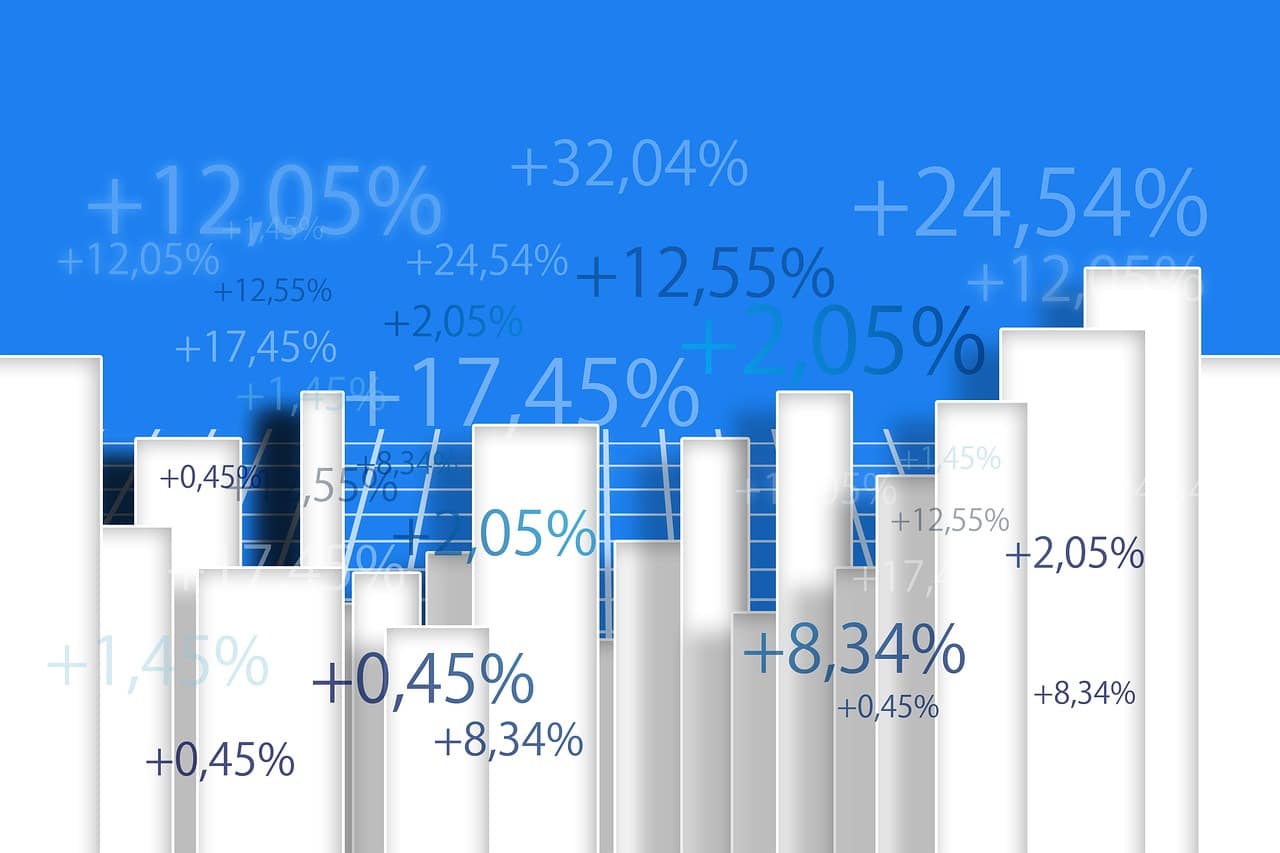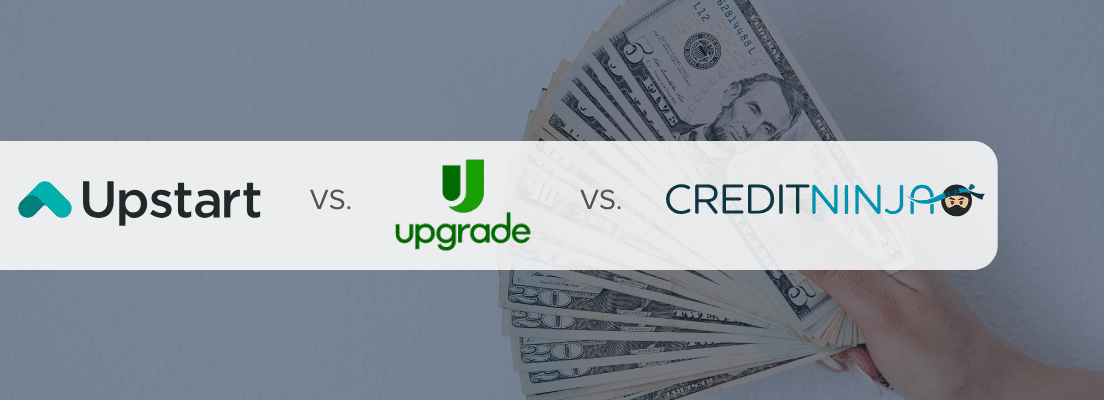Key Takeaways
- An average of 22-25 million Americans in 2025 hold a personal loan, with the average personal loan balance of $11,631, making it a common tool for consolidating high-interest credit card debt at generally lower interest rates.
- About 25 million Americans hold mostly unsecured personal loans, a common way to manage or replace credit-card debt, but balances hinge on borrowers’ credit scores and offered interest rates.
- While personal loans provide structured monthly payments and predictable repayment, alternatives like credit cards, HELOCs, BNPL, payday loans, and peer-to-peer lending can offer different levels of flexibility, interest rates, and borrowing access depending on your financial needs.
- Technology and smarter underwriting broaden access to flexible personal loans; borrowers should compare offers and monitor rates to ensure a loan cuts costs or improves repayment predictability.
According to recent data, roughly 22 million Americans currently carry a personal loan balance, a number that’s steadily grown over the past few years. Personal loan debt has become one of the fastest-rising categories of consumer borrowing in the U.S., often used as a way to consolidate high-cost credit card debt or cover big expenses.
What makes personal loans appealing is that they typically offer fixed payments and, in many cases, lower interest rates compared to credit cards. That means for someone juggling revolving credit card debt, taking out a personal loan can feel like a more manageable path to pay it down. Of course, the amount of personal loan debt Americans are carrying today also shows how common it’s become to rely on borrowing to cover financial gaps.
What is the Average Personal Loan Debt For Americans?
On average, personal loan borrowers owe on average $11,600, depending on the data source. This makes personal loans smaller, on average, than mortgages or auto loans, but they are still a significant financial commitment for millions of households.
Most of these balances come from unsecured personal loans, which don’t require collateral like a car or house. That makes them attractive for people who need quick access to funds for debt consolidation, medical bills, or other expenses. However, unsecured borrowing also comes with risks, particularly higher interest rates for those with lower credit scores.
Overall, the growth in personal loans shows that Americans are increasingly turning to this type of financing as an alternative to revolving credit card debt, often seeking more predictable repayment terms and potentially lower costs.
Who Takes On Consumer Debt? A Look at Average Personal Loan Balances
Personal loan debt isn’t a single profile; it spans ages, incomes, and credit histories. Personal loan statistics show that younger adults (late 20s–40s) often use personal loans to consolidate debt, fund major life events, or cover unexpected medical costs. People with older personal loan accounts, like baby boomers, may lean on loans for paying for home improvement projects or bridging gaps in retirement income.
Income matters as well, as middle-income households frequently show up among personal loan users because they have enough income to qualify for installment payments but still face cash-flow gaps or high-interest revolving balances. Lower-income borrowers sometimes turn to smaller personal loans when alternatives aren’t available, though they may face higher interest rates.
Credit score splits are important: many personal loan products target borrowers with fair-to-good credit, offering reasonable rates to those who qualify, while applicants with lower credit scores may still get unsecured personal loans, but at notably higher-than-average interest rates, or an annual percentage rate (APR) with stricter terms.
Regionally, borrowing patterns reflect local economies and cost of living: areas with higher medical or living expenses and regions with fewer bank branches may show greater reliance on online personal loans. In short, the “typical” personal loan borrower varies — but common threads are age, middle-income households, and a credit profile that’s not perfect but workable.
At A Glance:
- Total borrowers: ~25 million Americans have active personal loans.
- Average balance: roughly $11.6K per borrower.
- Loan type: the majority of these are unsecured personal loans, meaning borrowers don’t put up collateral like a car or home.
- Primary uses: debt consolidation (especially to tackle high-interest credit card debt), medical expenses, home improvement, and emergency costs.
What Are Personal Loans?
A personal loan is a type of installment loan that allows individuals to borrow money from a bank, credit union, or online lender and then repay their personal loan balance in fixed monthly payments over a set period. Unlike credit cards, personal loans come with a clear repayment schedule and an agreed-upon end date, which can make managing debt feel more structured.
| Metric | Personal Loans | Credit Cards |
| Typical collateral | Mostly unsecured (no collateral) | Unsecured (card account), secured cards are rare |
| Repayment structure | Fixed monthly payments (installment) | Revolving minimum payment each month |
| Average APR (mid-2025) | 23.53% (average APR for 3-yr personal loans, Jan–Jun 2025) | 20.12% (weekly national average credit-card APR, mid-2025) |
| Average balance per borrower (Q1 2025) | $11,631 | $7,321 (among cardholders with unpaid balances) |
| Aggregate / scale (useful comparator) | ~24.6 million Americans hold a personal loan (Q1 2025) | Total outstanding card debt ≈ $1.18 trillion (Q1 2025) |
Most personal loans are unsecured, meaning they don’t require collateral like a car or home. Instead, lenders determine eligibility and interest rates based largely on a borrower’s credit score, income, and overall financial history. This makes them accessible for a wide range of people, though terms can vary widely depending on creditworthiness.
On the account level, the average debt balance is slightly lower, reflecting how borrowers often take out smaller sums for specific needs like consolidating credit card balances, paying medical bills, financing home repairs, or dealing with an unexpected expense.
Because of the predictable monthly payments and fixed rates, many borrowers prefer personal loans over revolving credit when they need a defined payoff strategy. However, the cost of borrowing still depends on factors like credit score and income stability, so weighing repayment capacity is essential before applying.
Why Do Americans Take Out Personal Loans?
Understanding personal loans, including average debt and reasons for borrowing, shows their role in American finances. Personal loan borrowers typically carry balances between $8,500 and $11,600, ranging from smaller short-term loans to larger sums for major expenses.
The most common reason Americans take out personal loans is debt consolidation, particularly to pay down high-interest credit debt. Rolling multiple balances into one loan amount can lower interest rates and simplify monthly payments.
Personal loans offer both flexibility and structure: fixed monthly payments and a set payoff date help borrowers budget and reduce the stress of revolving debt. However, borrowers should ensure their personal loan balance aligns with income and repayment capacity, as unsecured personal loan balances carry higher rates for those with lower credit scores.
Personal loans provide a practical way to manage debt and finance significant expenses, giving millions of Americans more predictable control over their finances.
| Metric/Insight | Details |
| Average Personal Loan Debt | $8,500–$11,600 per borrower |
| Common Uses | Consolidate Debt (credit card debt), medical expenses, home improvement, major life events, and emergencies |
| Loan Type | Mostly unsecured personal loan balances |
| Repayment Structure | Fixed monthly payments, set payoff date |
| Main Benefit | Lower interest rates than revolving credit, and more predictable budgeting |
Alternatives to Personal Loans
While personal loans can be a useful tool for managing personal loan debt or financing major expenses, they aren’t the only option for borrowing money. Depending on your financial situation, other alternatives may offer lower costs, more flexibility, or quicker access to funds.
Common alternatives include:
- Credit cards: Useful for smaller, short-term expenses. They offer convenience and rewards, but interest rates can be high if balances aren’t paid off monthly.
- Home Equity Loans or HELOCs: Borrowing against your home can provide larger sums at lower interest rates, but your property serves as collateral.
- Buy Now, Pay Later (BNPL) programs: Ideal for smaller purchases with deferred payments, often interest-free if paid on time.
- Payday Loans or Short-Term Loans: Provide immediate cash but usually come with very high interest rates and fees.
- Peer-to-Peer Lending: Online platforms connect borrowers directly with investors, sometimes offering competitive rates depending on creditworthiness.
While personal loans offer structured monthly payments and predictable payoff schedules, alternatives may be better suited for smaller amounts or shorter-term needs. Choosing the right option can help minimize financial strain while addressing urgent borrowing needs.
Future Trends in Personal Loan Borrowing
Personal loan borrowing looks likely to keep evolving fast, driven by fintech expansion, changing interest-rate dynamics, shifting consumer payment habits (like BNPL), and growing regulatory attention. Here are the trends most likely to shape the market over the next few years.
- Continued Growth in Borrowers and Balances
The number of Americans taking out personal loans and the average loan balances are expected to keep rising, driven by ongoing demand for debt consolidation and major life expenses.
- Fintech and Digital Lending Expansion
More borrowers will access unsecured personal loans through fintech platforms, using faster online applications and alternative credit data, which could improve access but also introduce higher risk for some segments.
- Interest Rate and Regulatory Sensitivity
Fluctuating interest rates and increasing regulatory scrutiny will influence both loan affordability and lending practices, making it more important for borrowers to compare terms and understand repayment obligations.
FAQ
How many Americans currently have a personal loan?
Roughly 25 million Americans hold at least one personal loan, making it a significant form of consumer debt in the U.S.
What is the average loan amount?
The average personal loan balance per borrower ranges from $8,500 to $11,600, depending on lender and loan type.
How do personal loans compare to alternatives?
Alternatives include credit cards, HELOCs, Buy Now, Pay Later programs, payday loans, and peer-to-peer lending. Each option varies in interest rates, repayment structure, and risk.
How do credit scores affect personal loan access?
Borrowers with higher credit scores usually qualify for lower interest rates and better terms, while those with lower scores may still get loans, but often at higher rates
What are delinquency rates on personal loans?
Delinquency rates measure the percentage of personal loan borrowers who are behind on their monthly payments by a certain period, usually 30, 60, or 90 days. Higher delinquency rates can indicate greater risk in the lending market.
Sources:
- https://www.nasdaq.com/press-release/transunion-finds-us-consumer-credit-market-showing-signs-stability-and-measured
- https://wallethub.com/edu/pl/personal-loan-statistics/139331
- https://www.lendingtree.com/personal/personal-loans-statistics
- https://www.transunion.com/blog/tariffs-rising-delinquencies-and-the-truth-about-bad-debt
- https://www.investopedia.com/average-personal-loan-amount-7555307
- https://www.bankrate.com/loans/personal-loans/interest-rate-statistics
- https://money.usnews.com/loans/personal-loans/articles/personal-loan-statistics-and-trends?https://www.transunioncibil.com/content/dam/transunion-cibil/corporate/documents/reports/fintech-compass-report-july-2025.pdf
- https://files.consumerfinance.gov/f/documents/cfpb_BNPL_Report_2025_01.pdf
- https://www.bankrate.com/credit-cards/advice/current-interest-rates
- https://www.lendingtree.com/personal/personal-loans-statistics




